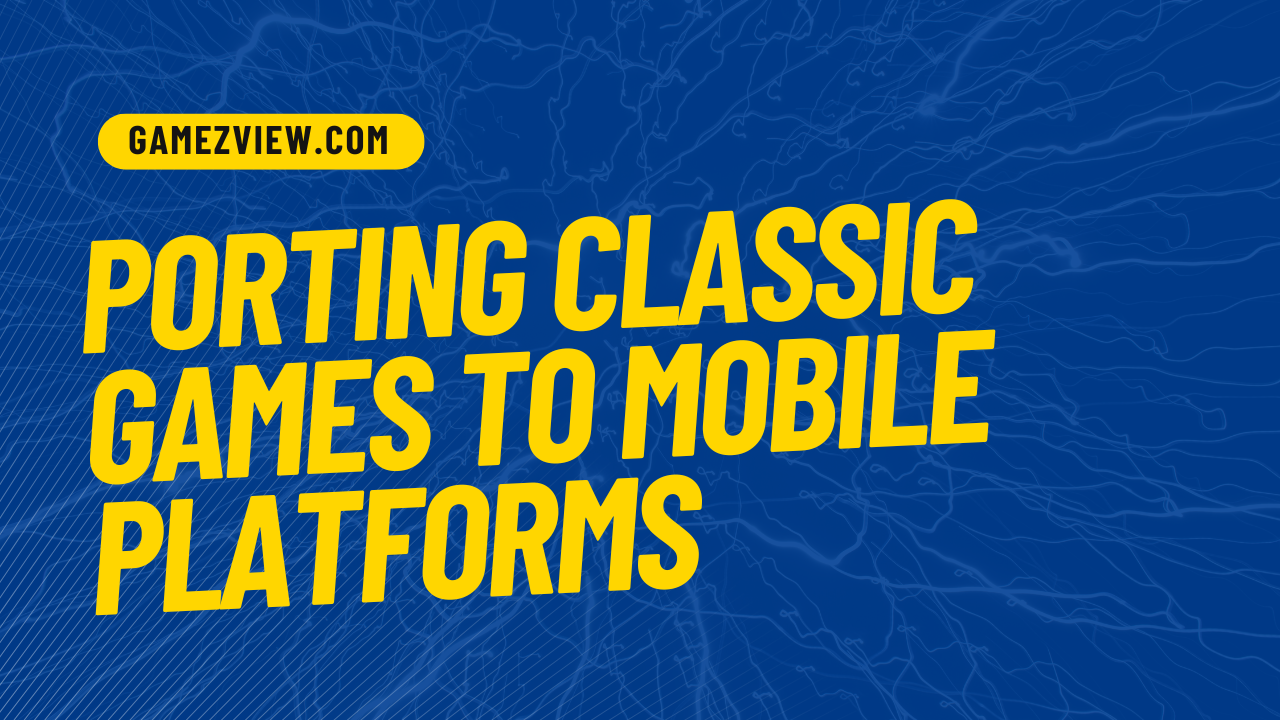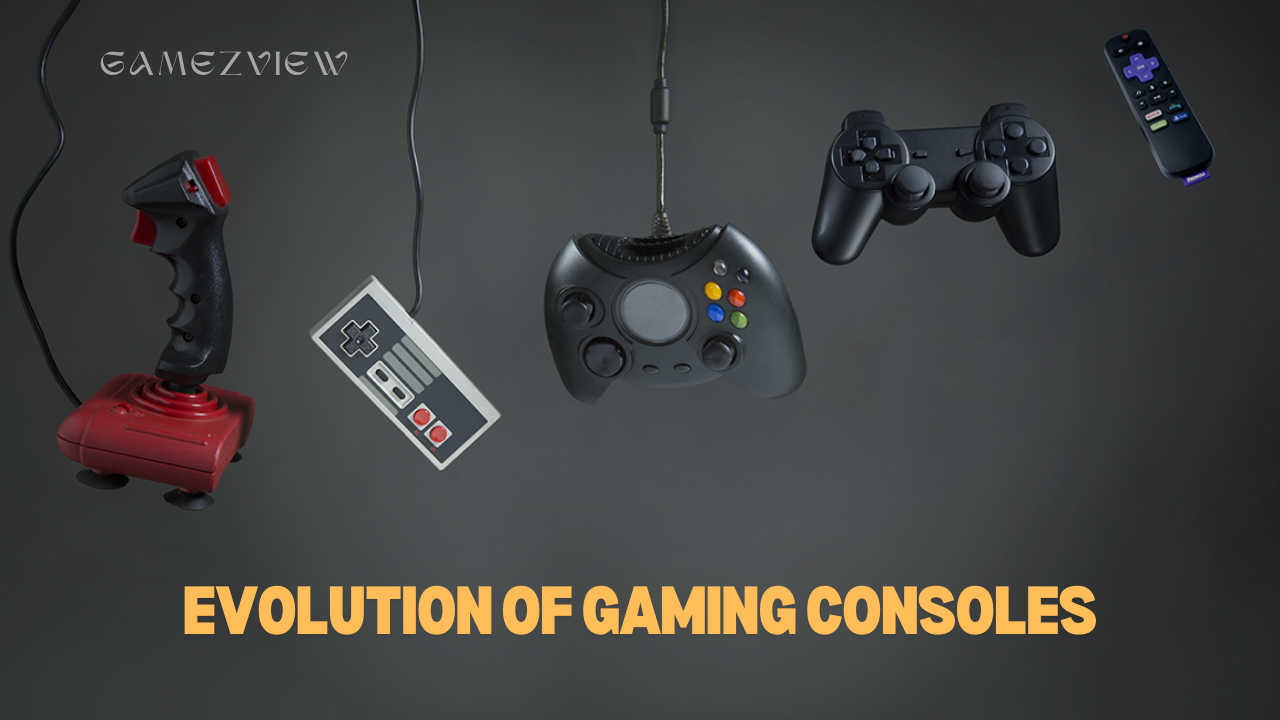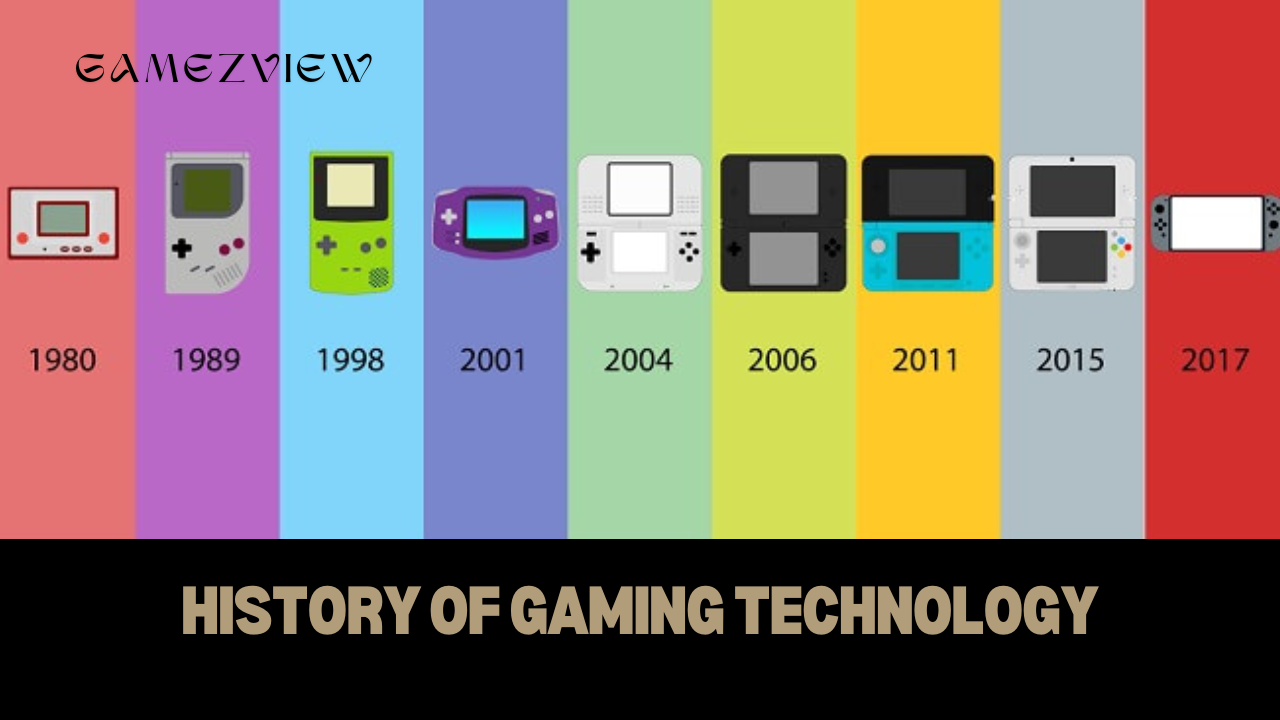The digital gaming landscape has evolved dramatically over the past few decades, with classic games serving as foundational pillars in the gaming community. These timeless games, originally designed for platforms such as arcades, consoles, and PCs, have a nostalgic charm and enduring appeal that captivates both veteran gamers and new audiences. In recent years, the trend of porting classic games to mobile platforms has gained momentum, allowing these beloved titles to reach a broader audience and rejuvenate their legacy. This article explores the challenges, benefits, and strategies involved in successfully porting classic games to mobile devices.
Understanding the Appeal of Classic Games
Nostalgia and Legacy
Classic games often evoke a strong sense of nostalgia for players who grew up with them. Titles like Pac-Man, Tetris, and Super Mario Bros. are not just games; they are cultural icons that bring back memories of simpler times. Porting these classics to mobile platforms allows players to relive their childhood experiences and introduces new generations to the rich history of gaming.
Simplicity and Accessibility
Many classic games are known for their simple yet addictive gameplay mechanics. Unlike modern games that may require complex controls and steep learning curves, classic games often have straightforward objectives and intuitive controls. This simplicity makes them highly accessible, and appealing to a wide range of players, including those who may not typically consider themselves gamers.
Timeless Design
The design principles of classic games emphasize timeless gameplay mechanics that remain enjoyable regardless of technological advancements. Their focus on core gameplay elements, such as strategy, puzzle-solving, and action, ensures that they remain engaging even as graphics and hardware evolve. This timelessness makes them ideal candidates for porting to new platforms, including mobile devices.
Challenges of Porting Classic Games to Mobile
Adapting Controls and User Interface
One of the primary challenges in porting classic games to mobile platforms is adapting the controls and user interface (UI) to touchscreens. Classic games were typically designed for physical controllers or keyboards, which offer precise inputs that are difficult to replicate on a touchscreen. Developers must carefully redesign the control scheme to ensure it is intuitive and responsive on a mobile device, often requiring significant modifications to the original game mechanics.
Performance and Compatibility
Classic games may need to be optimized for performance and compatibility with modern mobile hardware. Despite their simpler graphics and lower resource requirements, these games were designed for different architectures and operating systems. Ensuring that they run smoothly on a wide range of mobile devices, from low-end smartphones to high-end tablets, can be a complex task that involves extensive testing and optimization.
Preserving the Original Experience
Maintaining the authentic experience of classic games while adapting them to mobile platforms is a delicate balancing act. Players expect the mobile version to capture the essence of the original game, including its graphics, sound, and gameplay mechanics. Developers must be careful to avoid altering the game in ways that detract from its nostalgic value, while still making necessary updates for modern platforms.
Licensing and Legal Issues
Many classic games are tied up in licensing and legal issues that can complicate the porting process. Developers must secure the rights to the original game, which may involve negotiating with multiple stakeholders, including original developers, publishers, and intellectual property holders. This can be a time-consuming and expensive process that poses significant barriers to porting efforts.
Benefits of Porting Classic Games to Mobile
Expanding Audience Reach
Porting classic games to mobile platforms opens up a vast new audience. Mobile gaming is one of the fastest-growing sectors in the gaming industry, with billions of users worldwide. By making classic games available on mobile devices, developers can reach players who may never have experienced the originals, broadening the game’s fan base and extending its cultural impact.
Monetization Opportunities
Mobile platforms offer diverse monetization opportunities, including in-app purchases, advertisements, and premium pricing models. Classic games, with their established brand recognition and loyal fan base, are well-positioned to capitalize on these opportunities. Developers can generate significant revenue by offering the game as a paid app or incorporating microtransactions for additional content and features.
Revitalizing Game Franchises
Porting classic games to mobile can revitalize dormant franchises, generating renewed interest and paving the way for new titles or remakes. This can lead to increased brand visibility and create momentum for future projects. Successful mobile ports can also enhance the reputation of the original game and its developers, establishing a legacy that endures across generations.
Cultural Preservation
Classic games are an important part of cultural heritage, reflecting the creativity and innovation of their time. Porting these games to modern platforms helps preserve this heritage, ensuring that new generations have access to these cultural artefacts. This contributes to a broader understanding of the history of gaming and its evolution over the years.
Strategies for Successful Porting
Careful Control Redesign
Redesigning the control scheme for a mobile platform is critical to ensuring a successful port. Developers should focus on creating intuitive touch controls that replicate the original gameplay experience as closely as possible. This may involve implementing virtual buttons, swipe gestures, or tilt controls that provide a responsive and enjoyable gameplay experience on a touchscreen.
Optimizing for Performance
Ensuring that the game performs well on a variety of mobile devices requires careful optimization and testing. Developers should focus on reducing load times, improving frame rates, and minimizing battery consumption. Testing on different devices and operating systems is essential to identify and address compatibility issues that could affect the user experience.
Maintaining Authenticity
Preserving the authentic look and feel of the original game is crucial for appealing to both nostalgic players and new audiences. Developers should aim to maintain the original graphics, sound, and gameplay mechanics while making necessary updates for the mobile platform. This might include enhancing the resolution, updating the user interface, and adding features like cloud saves and achievements.
Effective Monetization Models
Choosing the right monetization model is key to the success of a mobile port. Developers should consider the target audience and the nature of the game when deciding between premium pricing, freemium models, or ad-supported versions. Offering additional content, such as new levels or skins, through in-app purchases can provide a steady revenue stream while enhancing the player experience.
Community Engagement
Engaging with the gaming community can provide valuable feedback and build anticipation for the mobile port. Developers should consider involving the community through beta testing, social media interactions, and forums to gather insights and address potential issues. Building a strong community around the game can also help drive word-of-mouth marketing and increase its visibility.
Porting classic games to mobile platforms presents a unique set of challenges and opportunities. By carefully adapting controls, optimizing performance, preserving authenticity, and selecting effective monetization strategies, developers can successfully bring these timeless games to a new audience. The result is a renewed appreciation for classic games and a richer, more diverse gaming landscape that honours the past while embracing the future.



